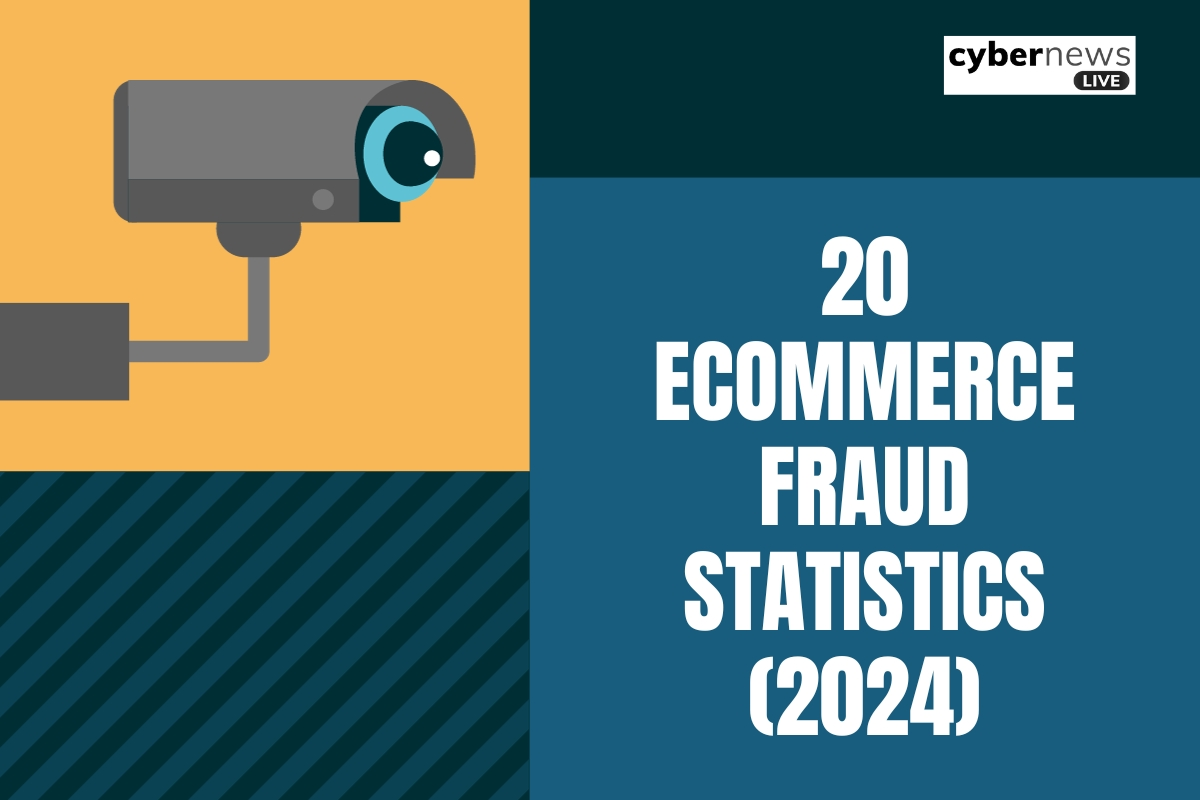

20 eCommerce Fraud Statistics (2024)
In eCommerce, convenience now meets an escalating wave of fraud. The latest 2024 fraud statistics paint a concerning picture, with projected losses reaching $48 billion by 2023 and a staggering $206 billion anticipated by 2025. A striking 84% of merchants have faced attacks, reinforcing the indiscriminate nature of these threats. With cyberattacks averaging 206,000 per month and global business risks exceeding $343 billion, the urgency for robust fraud prevention strategies has never been greater.
The industry itself is booming, reaching $49.99 billion in 2023, yet it remains deeply entangled with security risks. Mobile platforms are particularly vulnerable, facing a 57% attack rate, while friendly fraud alone is expected to cause a $25 billion toll. Chargebacks continue to be a costly burden, amounting to $308 in losses for every $100 in fraudulent transactions. Despite these alarming trends, only 34% of businesses invest in fraud protection, exposing a critical gap in security measures.
Addressing these challenges requires collective action. The U.S. leads in reported fraud cases, emphasizing the need for stronger authentication methods, such as biometric verification, to counter rising threats. As fraudsters evolve, so must industry defenses. Through vigilance, strategic investment, and collaboration, stakeholders can fortify eCommerce against financial losses, building a safer and more resilient digital marketplace for the future.
The Growing Threat of eCommerce Fraud: Key Statistics & Insights for 2024
As eCommerce continues to thrive, fraud remains an escalating threat. The latest data highlights critical challenges businesses and consumers face, emphasizing the need for stronger fraud prevention measures.
1. Projected Losses Soar
eCommerce payment fraud is expected to reach $48 billion by 2023, reinforcing the urgency for businesses to strengthen digital security.
2. Widespread Merchant Vulnerability
A staggering 84% of online merchants have experienced fraud attacks in the past year, proving that no business is immune.
3. Global Fraud Escalation
By 2025, global online fraud losses could hit $206 billion, signaling the need for a worldwide, unified fraud prevention strategy.
4. Industry’s Response to Rising Fraud
The fraud detection and prevention market is growing, projected to reach $49.99 billion in 2023, as businesses invest in security solutions.
5. Teenage Fraud Victims
47% of teenagers reported falling victim to eCommerce fraud in 2020, highlighting the need for targeted education and awareness.
6. Fraud Doesn’t Discriminate by Age
Individuals in their 70s reported median losses of $800, breaking stereotypes and proving that fraud affects all generations.
7. Direct Consumer Impact
Nearly 43% of online shoppers have personally encountered payment fraud, stressing the need for safer transaction environments.
8. eCommerce Under Constant Attack
Online retailers face an average of 206,000 cyberattacks per month, showing the relentless nature of digital threats.
9. The Cost to Global Businesses
Online payment fraud poses a financial risk of over $343 billion, making fraud prevention a top priority for businesses worldwide.
10. The Hidden Cost of Friendly Fraud
Chargeback fraud is set to cost retailers $25 billion annually by 2023, proving that even trusted customers can pose risks.
11. The Pandemic’s Lasting Impact
The pandemic fueled a 20% rise in online transactions, creating new fraud challenges as consumer habits shifted permanently.
12. Regional Fraud Hotspots: Europe’s Struggle
Germany and France report some of the highest eCommerce fraud rates in Europe, reflecting regional vulnerabilities.
13. North America: The Fraud Capital
With 42% of global fraud cases, North America is a prime target, requiring stronger fraud prevention measures.
14. Latin America’s Revenue Losses
Latin America loses 20% of total revenue to fraud, with eCommerce fraud alone accounting for 3.7% of that loss.
15. Switzerland’s Rising Fraud Cases
More than 85% of Swiss online merchants reported fraud incidents in 2021, proving that even strong economies are at risk.
16. The U.S. Leads in Fraud Cases
The United States has the highest global fraud rate, with 34% of consumers affected, calling for stricter security measures.
17. Mobile Fraud on the Rise
Mobile devices were the target of 57% of eCommerce fraud attacks in 2020, as cybercriminals exploit mobile transactions.
18. Growth of Biometric Security
Biometric authentication is projected to grow by 47% over the next five years, offering a promising solution for fraud prevention.
19. The Chargeback Nightmare
For every $100 chargeback, businesses lose $308, making chargeback fraud a costly issue for online retailers.
20. Businesses Failing to Invest in Protection
Only 34% of global businesses actively invest in eCommerce fraud protection, leaving many vulnerable to attacks.
Building a Safer eCommerce Future
These statistics highlight the urgent need for businesses, regulators, and consumers to collaborate on fraud prevention. As fraud tactics evolve, a proactive, adaptive, and globally coordinated approach is crucial to securing the eCommerce landscape.
The Final Thought
The landscape of eCommerce fraud in 2024 is illuminated by a tapestry of statistics that underscore the pervasive and evolving challenges faced by online businesses. As the digital marketplace continues to expand, so does the sophistication of cybercriminals, posing a formidable threat to merchants and consumers alike. The staggering financial toll, demographic vulnerabilities, and the global reach of eCommerce fraud demand a concerted and collaborative response.
The statistics serve as a stark reminder that fortifying the integrity of the digital commerce ecosystem requires not only innovative technological solutions but also a collective commitment from businesses, regulators, and users. By staying vigilant, investing in robust fraud prevention measures, and fostering international cooperation, stakeholders can collectively build a more secure, resilient, and trustworthy future for eCommerce.
Join Cyber News Live for an in-depth analysis of the latest statistics and actionable insights to fortify your digital defences. Don’t let fraud compromise your online success – tune in now to protect your business!

